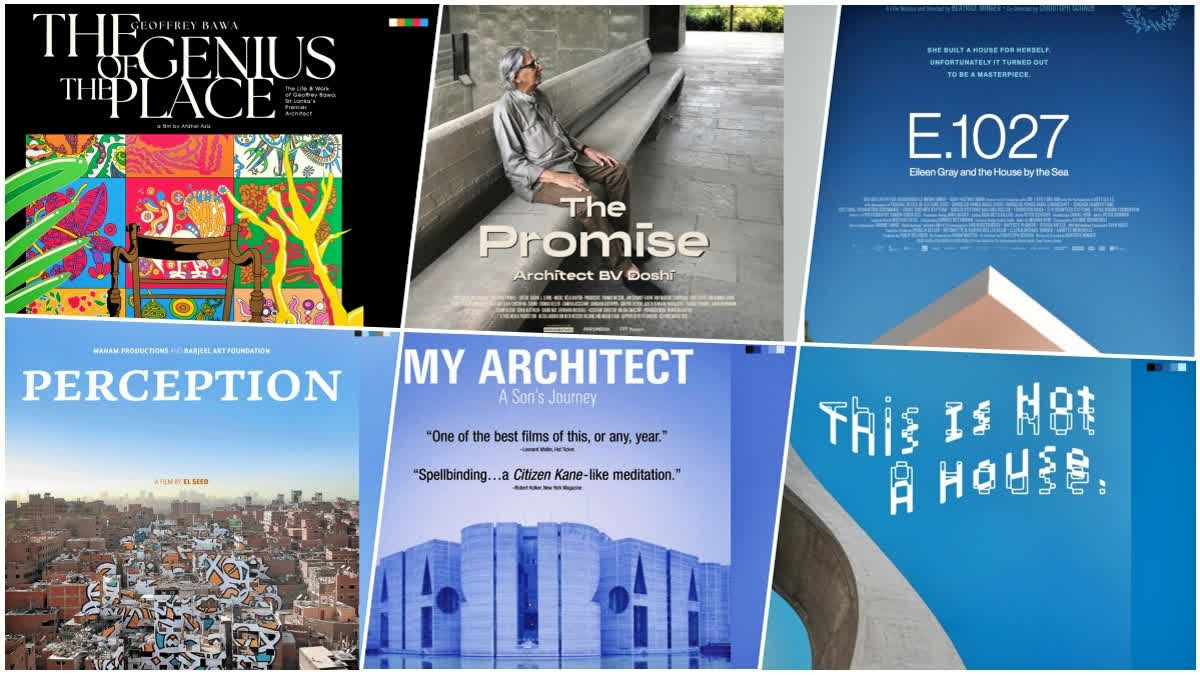Human civilization has always been defined by the spaces we inhabit and the stories we tell about them. From the towering ziggurats of Mesopotamia to the glass and steel skyscrapers of modern metropolises, architecture has not only reflected our values but also actively shaped them. This weekend, ADFF:STIR Mumbai offers a rare opportunity to explore this relationship between architecture, design and human storytelling.
Taking place from January 10 to 12, 2025, at the National Centre for the Performing Arts (NCPA), Mumbai, the festival brings together over 20 films from across the globe that delve into the intertwined narratives of design and society. Each film, in its own way, explores a fundamental truth: architecture is never merely about buildings. It is about the lives those buildings house, the emotions they evoke, and the histories they encode.
The Film Line-up
Consider This is Not a House (2023), which examines Hill House in Montecito, California. On the surface, it’s a story of technological innovation and artistic playfulness. But beneath the surface, it is an inquiry into how we redefine the concept of "home" in an age of rapid change.
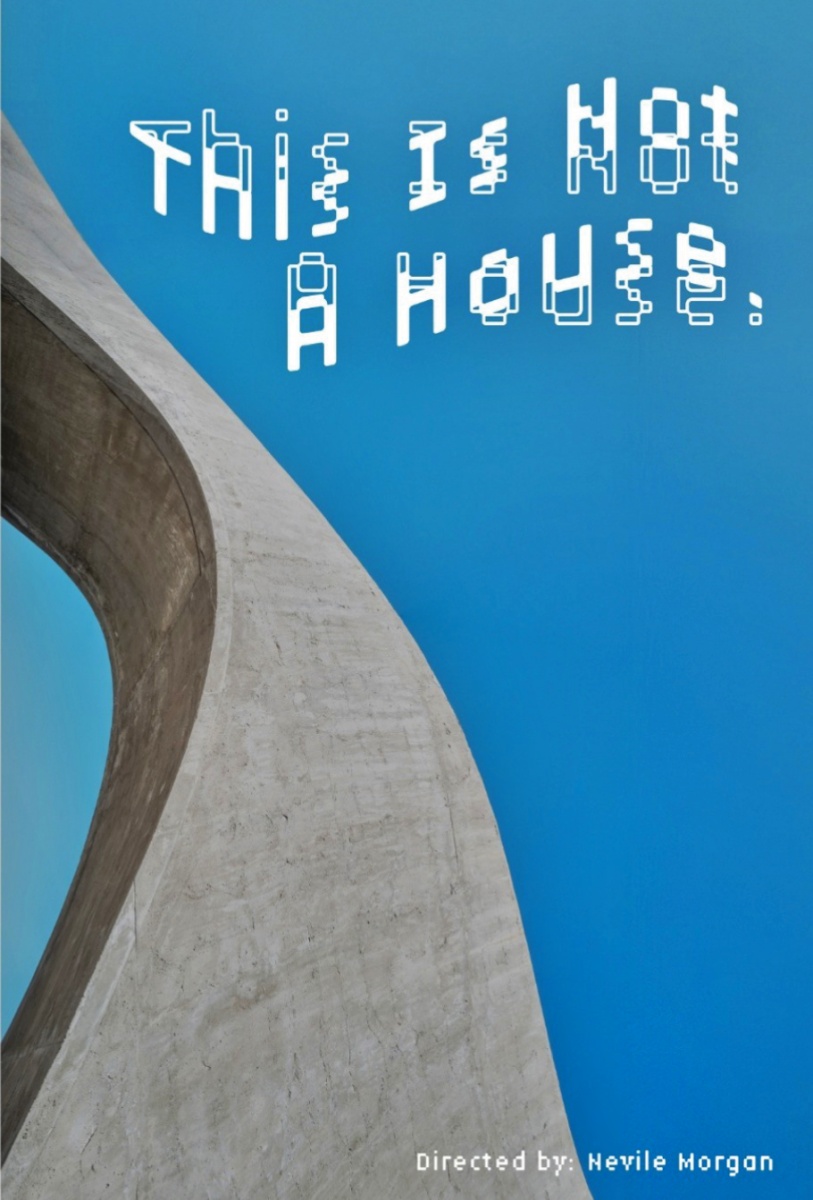
Similarly, the remastered screening of My Architect takes viewers beyond the iconic works of Louis Kahn and into the personal journey of his son, Nathaniel, as he reconciles the legacy of his father’s public achievements with his private complexities. The Genius of Place: The Life and Work of Geoffrey Bawa (2023) offers insights into the work of the Sri Lankan architect, most well known for disseminating the tenets of Tropical Modernism.
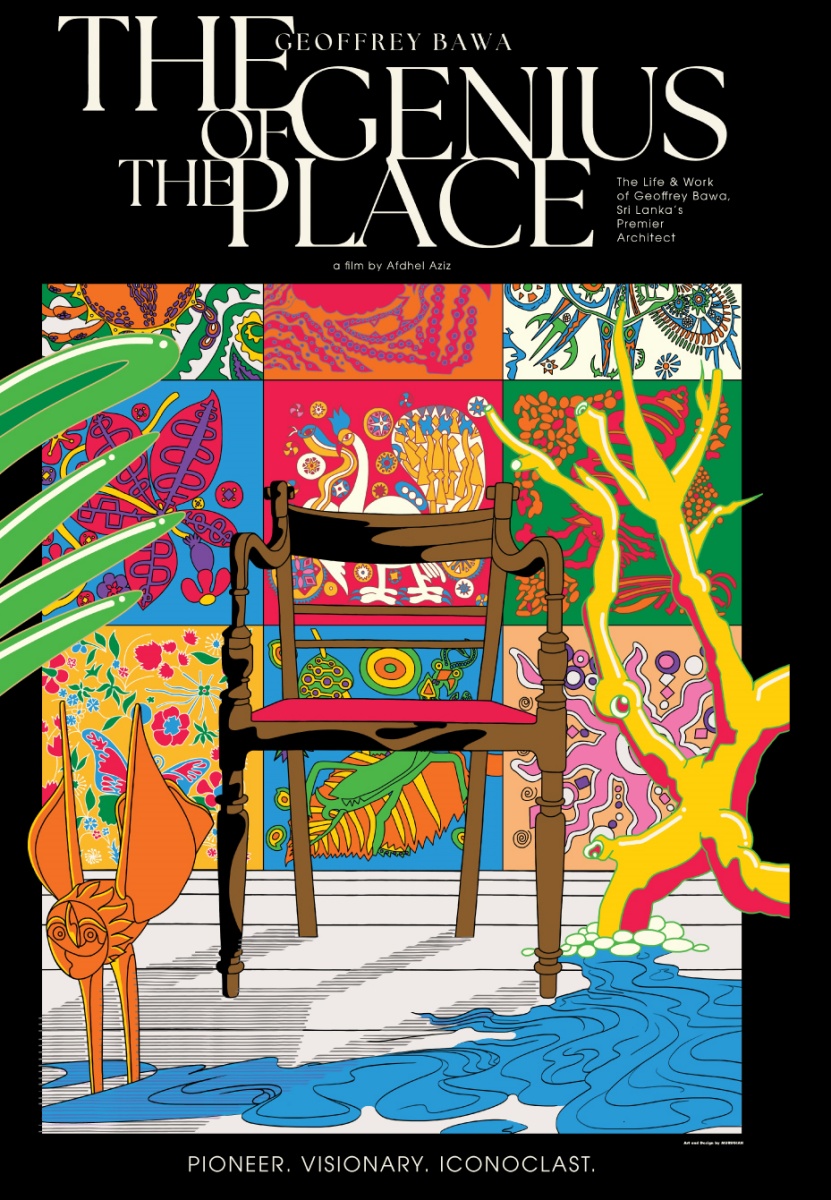
Other films in the lineup pose equally challenging questions. Fashion Reimagined (2022) compels us to rethink the ecological and ethical dimensions of design, while The Promise: Architect BV Doshi (2023) reflects on the Pritzker laureate’s vision of architecture as a tool for social good. And in E.1027 - Eileen Gray and the House by the Sea (2024), the story of a villa on the French Riviera becomes a broader meditation on how the contributions of women in architecture are often overshadowed.
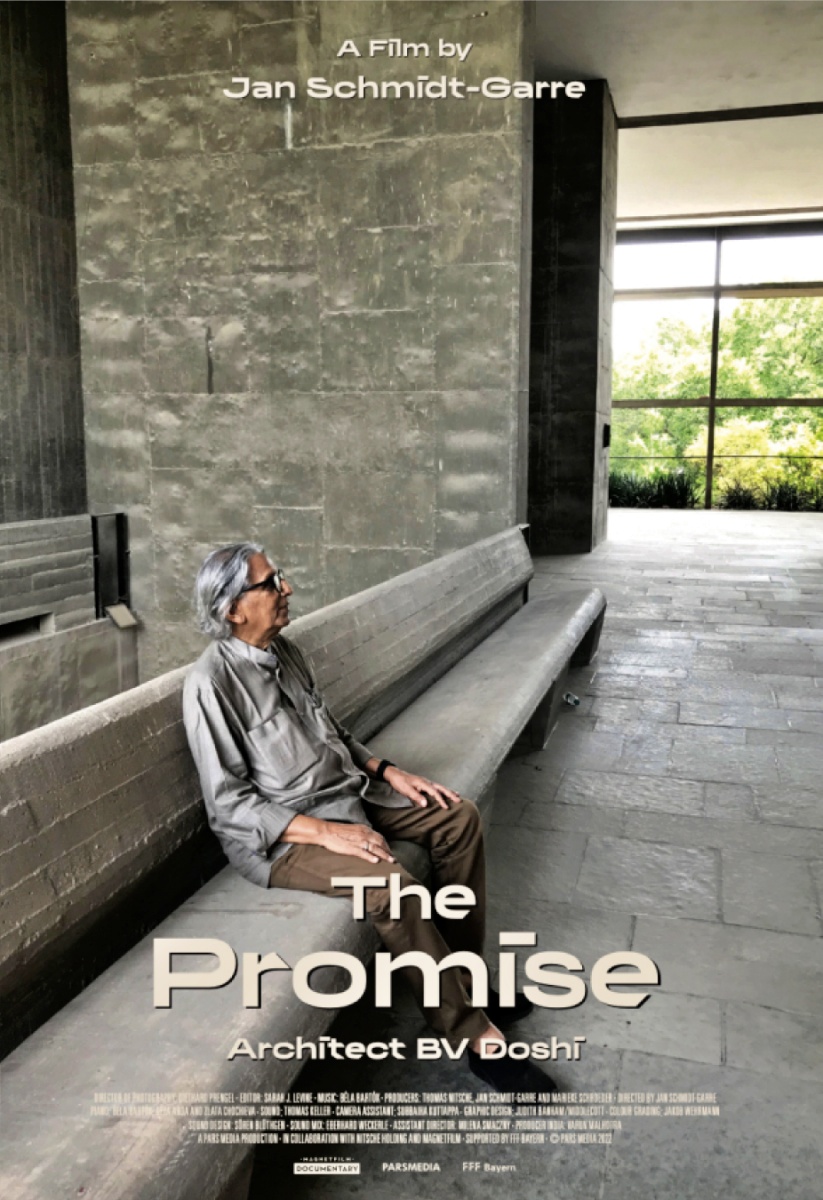
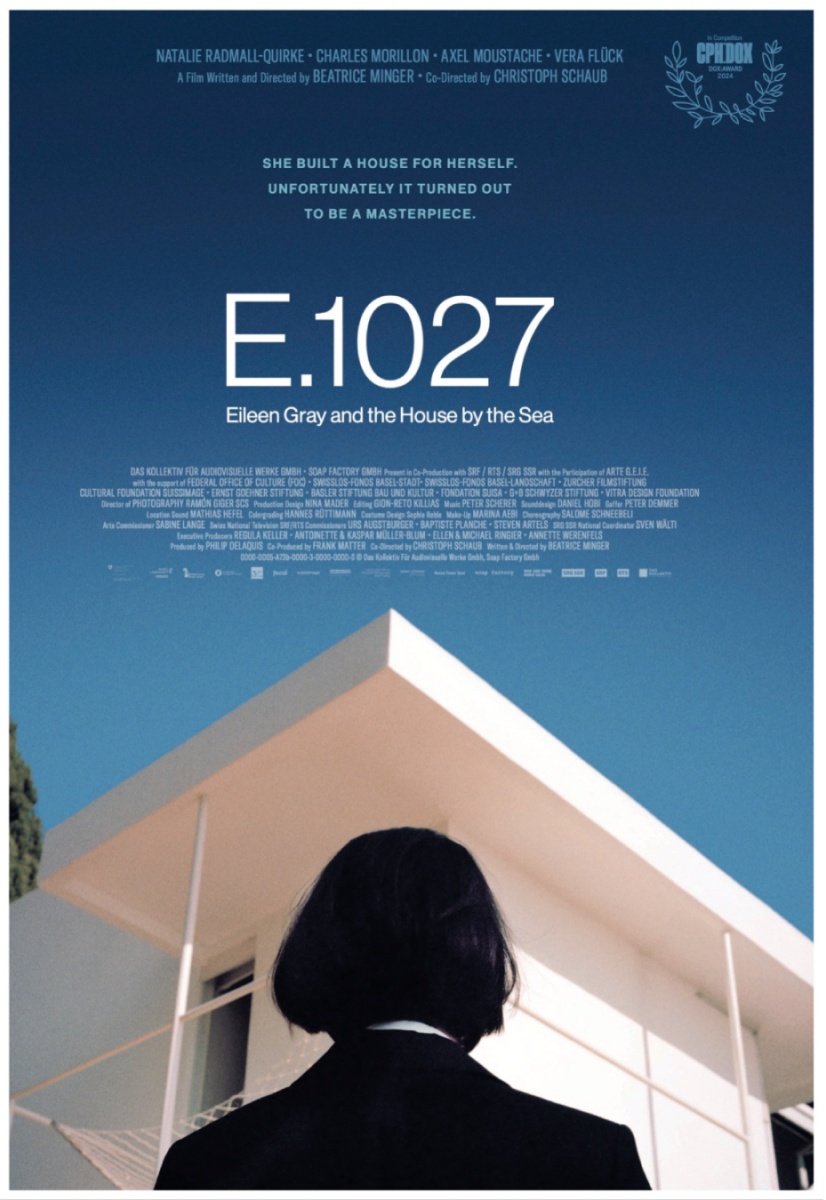
The Pavilion Park
Architecture is not confined to the silver screen at ADFF:STIR Mumbai. The festival transforms the NCPA’s Open Air Plaza and Experimental Garden into the Pavilion Park, where site-specific installations explore the theme Frames of Reference.
Featuring site-specific installations by leading architecture firms such as Matharoo Associates, SPASM Design, and reD Architects, the park is built around the theme Frames of Reference. Each pavilion serves as a sensory exploration of how architecture shapes and responds to its cultural and natural context, creating an environment for dialogue and reflection. Visitors to the park are invited to interact with these installations, experiencing firsthand how space can provoke thought and spark dialogue.
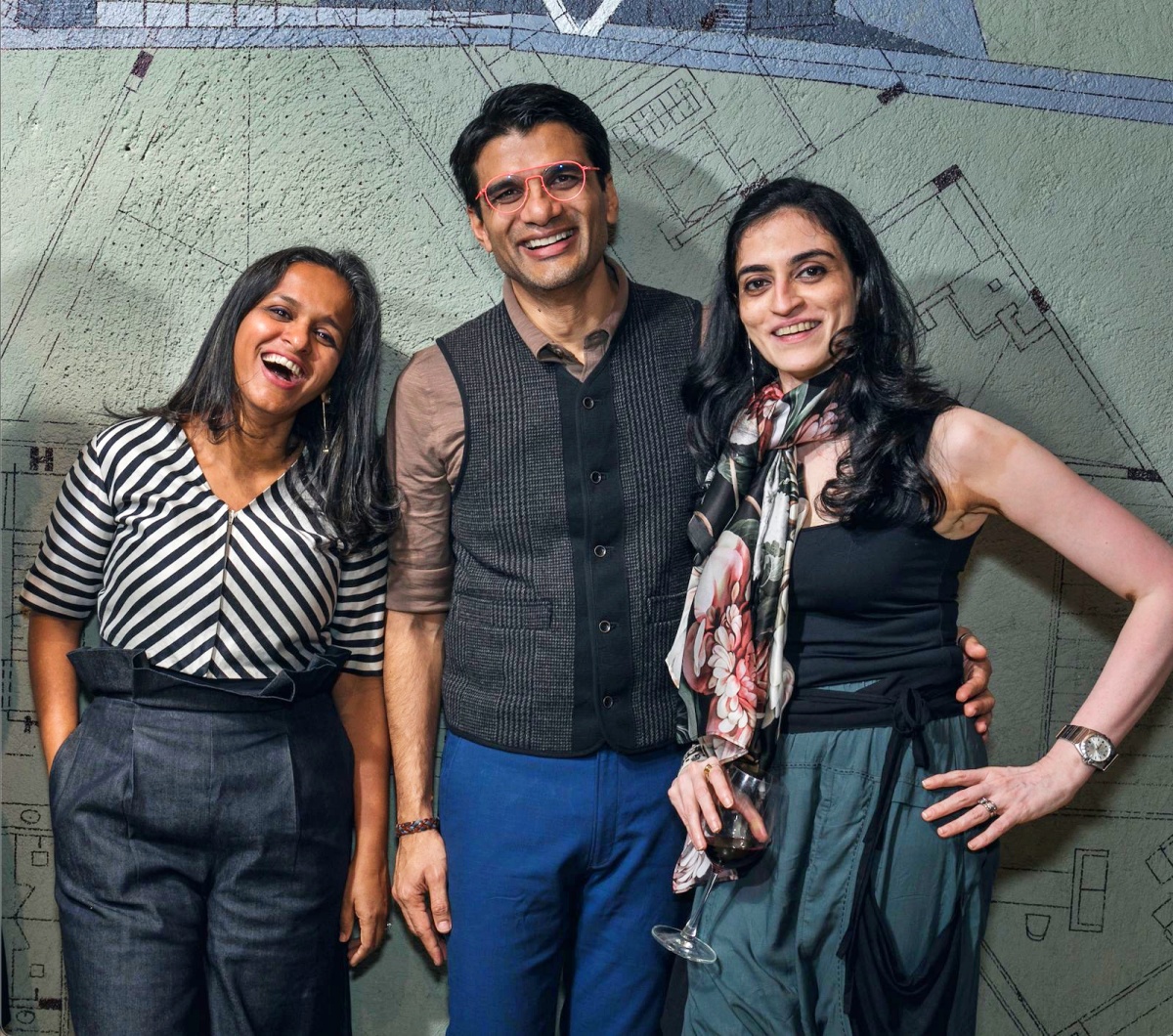
Another highlight of the festival is the ~log(ue) talks series, where the boundaries between disciplines blur. Speakers like filmmakers Hansal Mehta and Gauri Shinde, architects Sameep Padora and Abha Narain Lambah, and cultural commentators like poet Ranjit Hoskote offer diverse perspectives on how design and storytelling shape our understanding of the world.
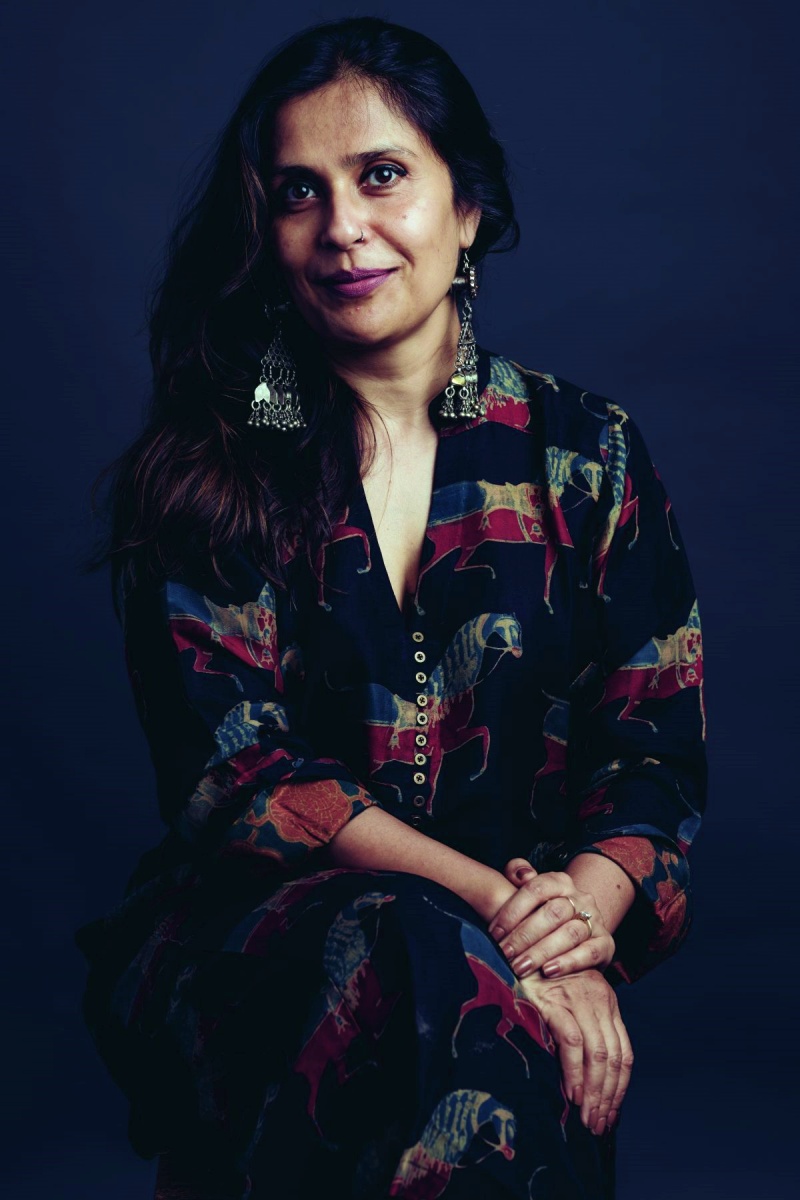
Special Projects
Perhaps the most intriguing aspect of ADFF:STIR Mumbai is its emphasis on the evolving afterlife of architecture. The special project The Architect has Left the Building, a film installation by Jim Stephenson, asks a provocative question: What happens to a space when its creator departs? The installation, along with Chromacosm, a collaboration between Suchi Reddy and Asian Paints, challenges us to rethink our relationship with the built environment.
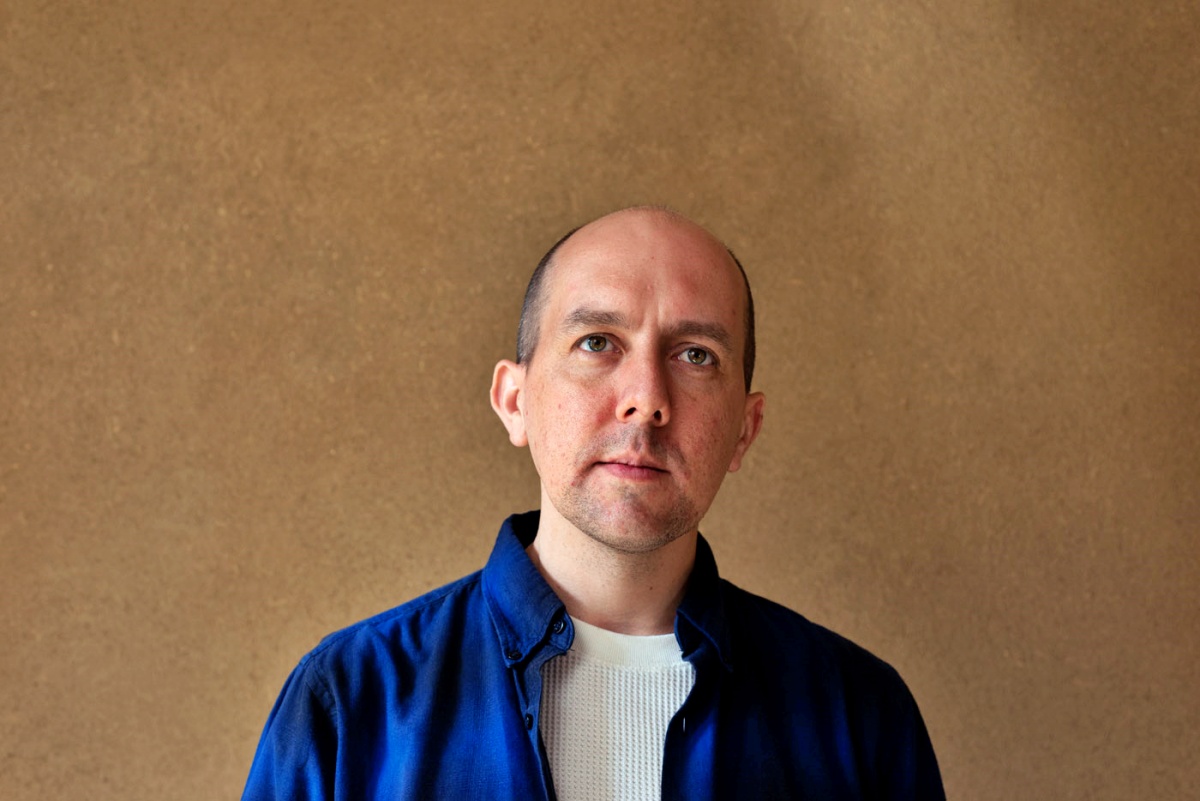
At its core, ADFF:STIR Mumbai is not just about architecture or design, it is about humanity. It is about how we build, inhabit, and narrate our existence. As Amit Gupta, Founder of STIR, aptly puts it, “Both architecture and film shape our conscious and social collective and in turn fuel cultural discourse.” By bringing these disciplines together, the festival reveals the hidden connections between them and invites us to imagine new possibilities for the future. You will leave the event not only with a deeper appreciation for design but also with a clearer understanding of the forces that shape human civilization.
Read more:
